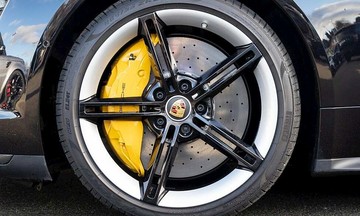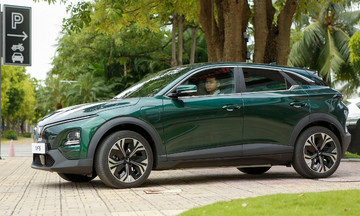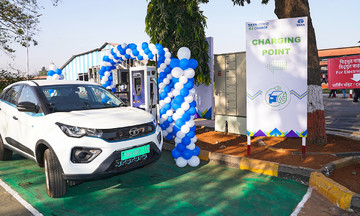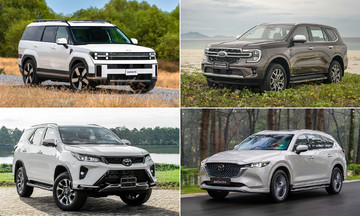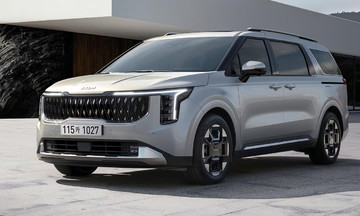At a meeting on August 1st between the Traffic Police Department and road transport businesses regarding traffic safety, a key topic of discussion was the proposal to ban sleeper buses, due to safety concerns.
Sleeper buses are a common mode of mass transit in Vietnam and many other countries, including those in Europe with stringent transport regulations. However, some places, like China, have eliminated them.
Once popular for their convenience and affordability, sleeper buses in China have disappeared from long-distance routes after a series of serious accidents. A 2012 tragedy that claimed 36 lives marked a turning point in the country's transportation policy.
The August 2012 tragedy
In the early hours of Sunday, 26/8/2012, a sleeper bus carrying nearly 40 people collided with a methanol tanker on a highway near Yanan city, Shaanxi province. The impact caused both vehicles to burst into flames, engulfing the bus in moments.
36 people, mostly asleep, died. Only three survived, with serious injuries. The bus, operating an overnight route from Inner Mongolia to Xi'an, had only one exit.
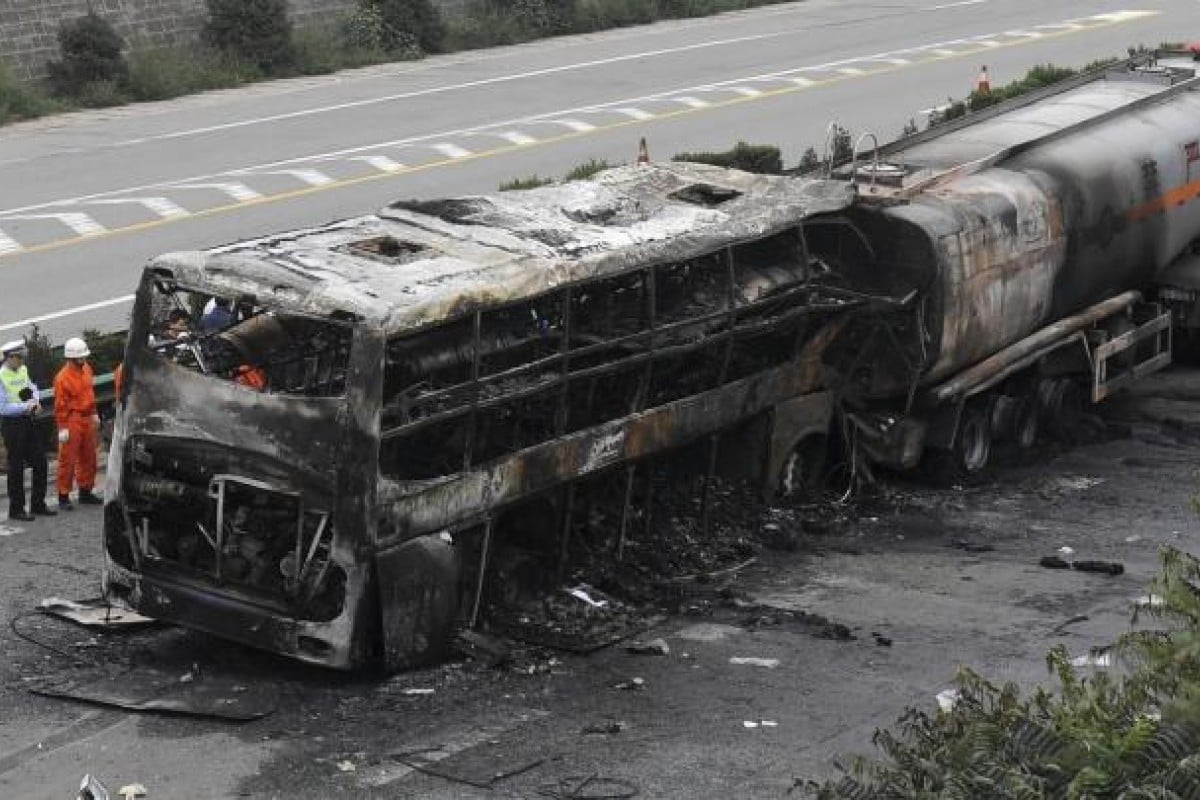 |
The scene of the 2012 sleeper bus accident on a Chinese highway that killed 36 people. Photo: SCMP |
The scene of the 2012 sleeper bus accident on a Chinese highway that killed 36 people. Photo: SCMP
Sleeper buses were once popular in China
Sleeper buses were a popular choice for transport companies because they could carry many passengers, reducing operating costs while offering increased comfort for long journeys. According to Wang Dongming, a researcher at the Comprehensive Transportation Institute under the National Development and Reform Commission in Beijing, these buses emerged in China in the early 1990s when the country's underdeveloped rail network couldn't meet travel demand.
Even in areas with developed rail systems, sleeper buses remained popular due to their convenience. In Beijing, before the ban, a bus departed for Linhe (Inner Mongolia Autonomous Region) every 30 minutes, catering to traders. They could travel, purchase goods, and return within a day. Despite tickets costing about 100 yuan (approximately 360,000 Vietnamese dong) more than train tickets, sleeper buses offered flexible schedules, greater cargo capacity, and avoided ticket shortages during peak seasons.
According to China National Radio, as of 2012, around 37,000 sleeper buses operated on over 5,000 routes, with a capacity of nearly 1 million seats.
Reasons for the phase-out of sleeper buses
Following the Yanan accident and several previous sleeper bus incidents, China tightened regulations. Initial steps included mandatory GPS and surveillance cameras, along with a ban on overnight operations between 2 and 5 a.m. Subsequently, the Ministry of Transport halted licensing for double-decker sleeper bus production and mandated their gradual removal from existing fleets.
Experts point out that the double-decker design of sleeper buses results in a high center of gravity, making them prone to rollovers. The single exit further reduces passengers' chances of survival in accidents. Nighttime operation increases the risk as most passengers are asleep and unable to react quickly to emergencies.
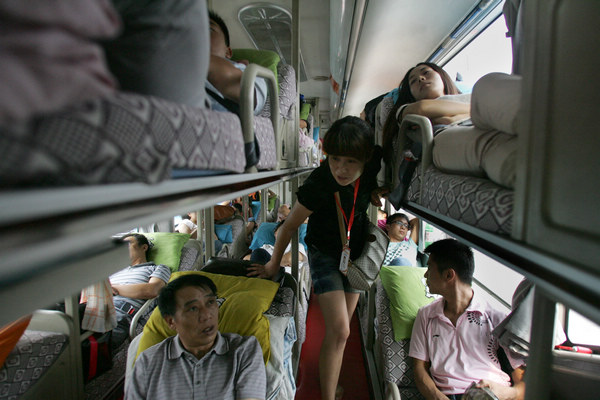 |
Staff explaining safety regulations to passengers at Sanfuwan bus station in Xi'an, China, in 2012. Photo: China Daily |
Staff explaining safety regulations to passengers at Sanfuwan bus station in Xi'an, China, in 2012. Photo: China Daily
While regulations require two drivers for long journeys, many companies ignored this to cut costs. Passengers, often impatient, discouraged rest stops, putting further pressure on drivers. Consequently, many drivers fought sleep to stay on the road, despite the risks.
Alternative transportation solutions
After the 2012 ban on new sleeper bus registrations, existing buses were allowed to operate for their remaining lifespan, up to five or six years. By 2017, sleeper buses had virtually disappeared from Chinese roads.
With sleeper buses gone, people turned to safer, more modern options. High-speed rail became the most popular choice, offering speed, a nationwide network, and flexible schedules. On routes like Beijing-Shanghai, travel time decreased from over 10 hours by sleeper bus to about five hours.
Seated buses continued to operate on shorter routes or where high-speed rail was unavailable. For longer distances, budget airlines became an alternative. This shift changed travel habits, moving away from overnight bus journeys to faster daytime travel.
Pham Hai






